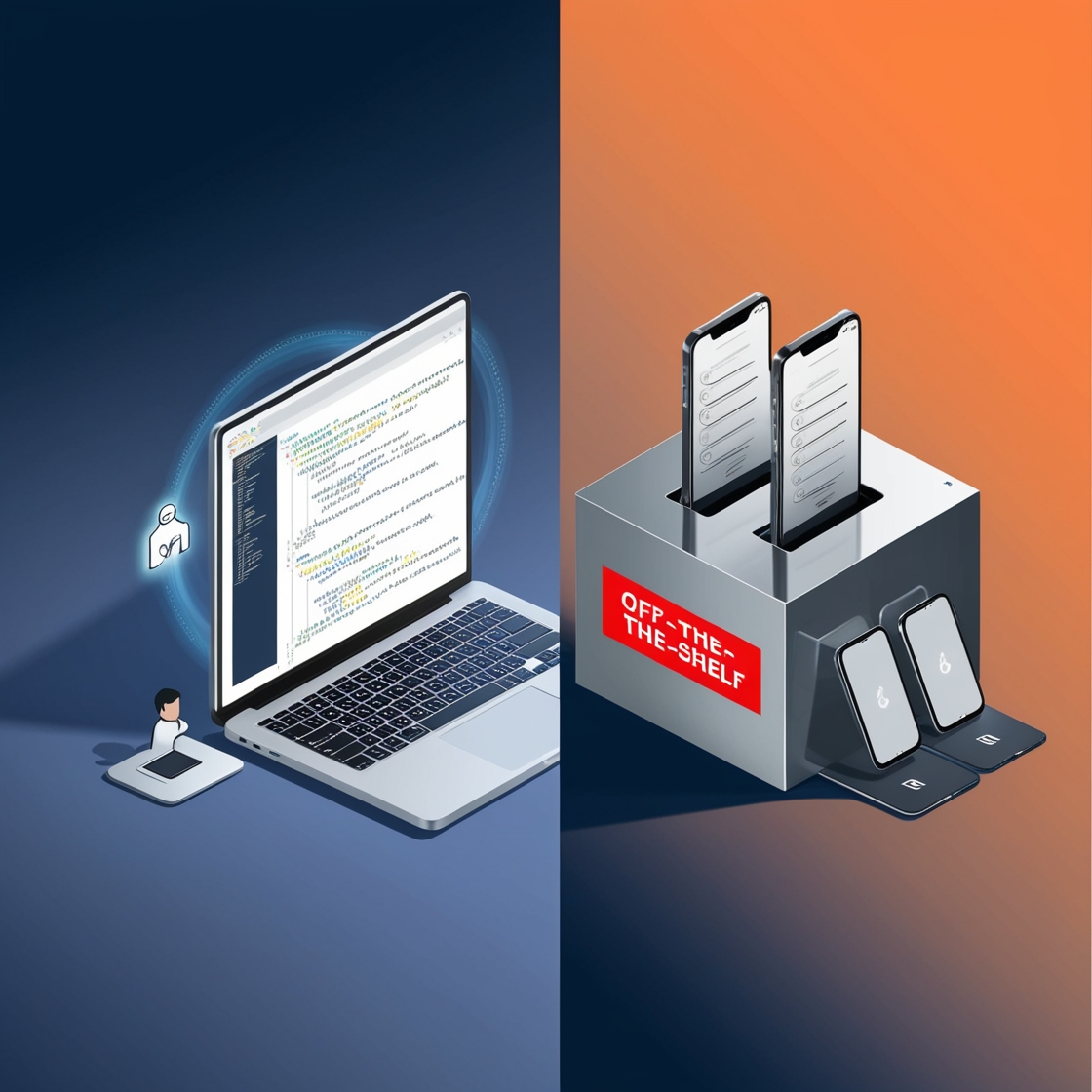1. Understanding Custom Software Development
1.1 What is Custom Software Development?
Custom software development involves creating software tailored specifically to a business’s unique needs. This solution is crafted from the ground up, considering the specific processes, challenges, and objectives of the organization.
1.2 Benefits of Custom Software Development
- Tailored Solutions: The biggest advantage is customization. You get features that are specifically designed to meet your business requirements.
- Scalability: As your business grows, your software can evolve to accommodate new needs without major overhauls.
- Integration: Custom solutions can be seamlessly integrated with existing systems, streamlining operations.
- Competitive Advantage: Unique software can provide a competitive edge by offering functionalities that others in your industry may lack.
1.3 Challenges of Custom Software Development
- Cost: Developing custom software can be expensive, often requiring a substantial upfront investment.
- Time-Consuming: The development process can take longer compared to deploying off-the-shelf solutions.
- Maintenance and Support: Custom solutions require ongoing maintenance, which may lead to additional costs.
2. Exploring Off-the-Shelf Solutions
2.1 What are Off-the-Shelf Solutions?
Off-the-shelf software refers to pre-built applications that are ready for immediate use. These solutions are designed for a wide audience and can serve various industries with standard features.
2.2 Benefits of Off-the-Shelf Solutions
- Cost-Effective: Generally, off-the-shelf software is more affordable than custom solutions due to economies of scale.
- Quick Deployment: With ready-made software, businesses can get up and running quickly, reducing downtime.
- Regular Updates: Vendors often provide regular updates and support, ensuring that the software stays current with market trends.
2.3 Challenges of Off-the-Shelf Solutions
- Limited Customization: These solutions may not meet all specific business needs, leading to workarounds or compromises.
- Integration Issues: Off-the-shelf software may not easily integrate with existing systems, creating potential operational silos.
- Dependency on Vendor: Businesses may find themselves dependent on the vendor for support and updates, which could lead to issues if the vendor’s priorities change.
3. Key Differences Between Custom and Off-the-Shelf Software
3.1 Cost Analysis
While custom software requires a significant initial investment, off-the-shelf solutions have lower upfront costs but may lead to higher long-term expenses due to licensing fees and the potential need for additional features.
3.2 Time to Market
Off-the-shelf solutions are ready to use almost immediately, while custom software may take weeks or months to develop, depending on the complexity.
3.3 Flexibility and Scalability
Custom software excels in flexibility and scalability, allowing businesses to adapt as they grow. Off-the-shelf solutions may lack this adaptability.
4. Making the Right Choice for Your Business
4.1 Assessing Business Needs
Consider the specific needs of your organization. If your requirements are unique and complex, custom development might be the way to go.
4.2 Evaluating Budget Constraints
Understand your budget and what you are willing to invest. If funds are limited, off-the-shelf solutions may provide immediate relief.
4.3 Long-Term Strategy
Think about your long-term goals. If you expect significant growth or changes in your operations, investing in custom software could provide the flexibility you need.
5. Real-World Applications
5.1 Industries Benefiting from Custom Software
- Healthcare: Custom software can be tailored to specific patient management needs.
- E-commerce: Personalized shopping experiences can enhance customer engagement.
- Finance: Unique risk assessment tools can provide a competitive edge.
5.2 Successful Off-the-Shelf Implementations
- Project Management Tools: Many businesses benefit from tools like Trello or Asana for streamlined project tracking.
- Accounting Software: Solutions like QuickBooks cater to a broad audience with essential features.
Conclusion
Choosing between custom software development and off-the-shelf solutions is a critical decision that can impact your business’s efficiency, scalability, and overall success. By weighing the pros and cons of each option, assessing your specific needs, and considering your budget, you can make an informed choice that aligns with your business objectives.
FAQs
1. What is the primary advantage of custom software development?
The main advantage is that it’s tailored specifically to your business needs, ensuring that all functionalities align perfectly with your operations.
2. How quickly can I implement off-the-shelf software?
Off-the-shelf solutions can often be implemented within days or weeks, allowing you to start using the software almost immediately.
3. Are off-the-shelf solutions suitable for all businesses?
While they are suitable for many, businesses with unique needs may find them lacking in certain functionalities.
4. What are the ongoing costs associated with custom software?
Ongoing costs may include maintenance, updates, and potential future development to expand features.
5. Can I customize off-the-shelf software?
Many off-the-shelf solutions offer limited customization options, but they may not meet all specific requirements.
